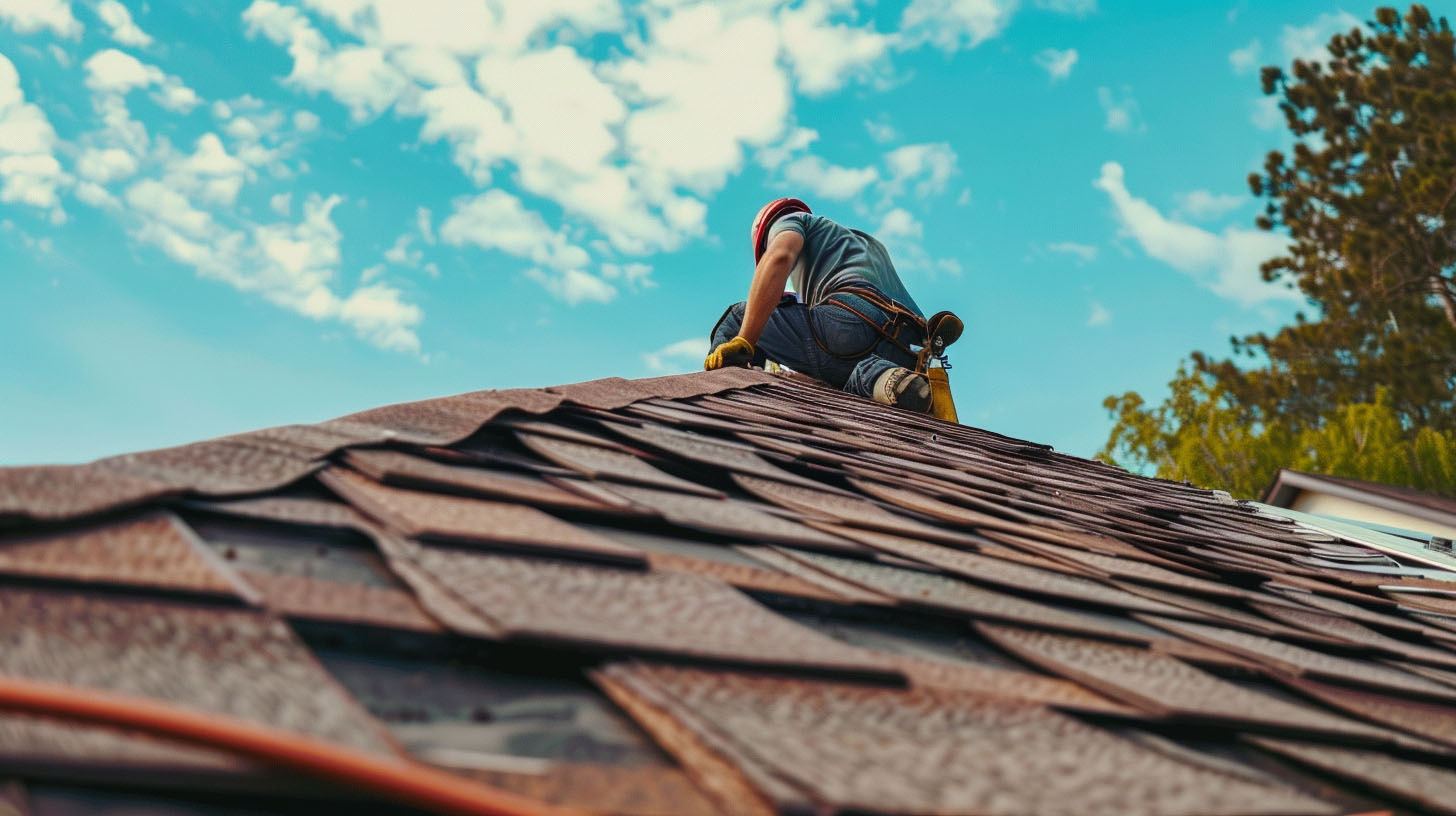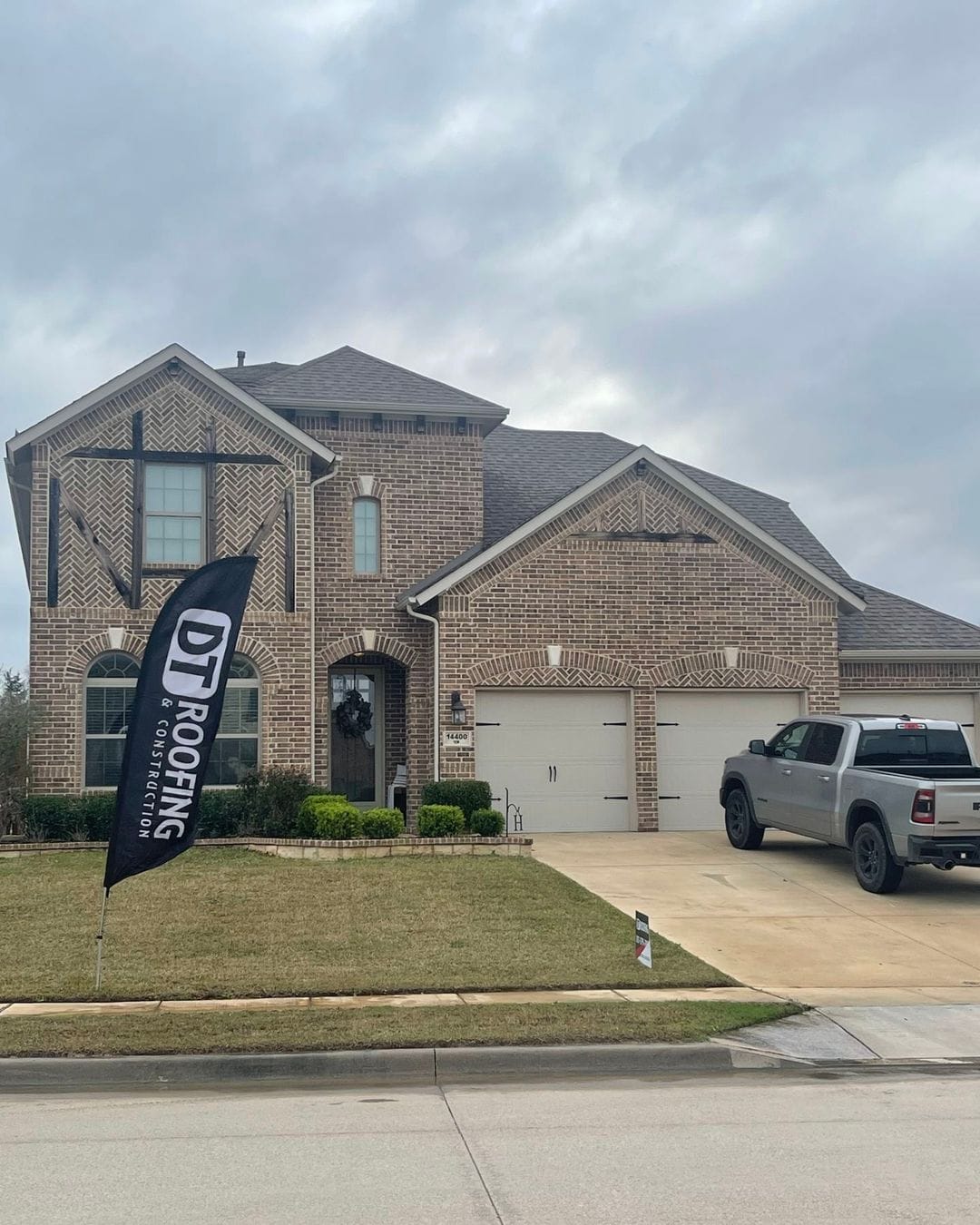
What to Do Immediately When Your Roof Starts Leaking
A leaking roof is one of the most stressful emergencies a homeowner can face. Whether it begins as a slow drip or a steady stream of water during a heavy storm, the longer you wait to respond, the more damage your home can suffer. In Granbury, TX, where unpredictable storms and intense weather are common, knowing exactly what to do the moment your roof starts leaking is essential for minimizing damage and protecting your property.
At DT Roofing, we’ve helped countless homeowners deal with roof leaks — some minor and some severe. From the first sign of moisture to the final repairs, acting fast and smart can make all the difference. This guide will walk you through immediate steps to take when a leak occurs and how to prevent future issues.
Recognizing the Signs of a Roof Leak
Not all roof leaks start as dramatic water intrusion. In fact, many begin quietly and go unnoticed until visible signs appear. Common early indicators include water stains on ceilings or walls, a musty odor in the attic, peeling paint near the roofline, or dripping during rainstorms. Any of these symptoms should prompt immediate investigation.
Spotting the Source
It’s important to note that water often enters the roof at one location but travels before appearing inside the home. This makes it difficult to pinpoint the actual leak location without a professional inspection. However, as a homeowner, you can often narrow it down by checking the attic or identifying where water is entering your living space.
Immediate Steps to Take When Your Roof Starts Leaking
Step 1: Contain the Water
The first priority is to prevent further interior damage. Place buckets, bowls, or any waterproof container directly under the drip to catch water. If water is splashing or spreading, place towels or plastic sheets around the container to absorb runoff.
If the leak is dripping onto a flat surface like hardwood or laminate flooring, lay down tarps or garbage bags to prevent moisture absorption that could cause warping.
Step 2: Relieve Ceiling Pressure
If you notice a bulge or sag in your ceiling, water may be collecting behind the drywall. While it may seem risky, puncturing the bulge with a small hole (using a screwdriver or similar tool) can allow water to drain in a controlled manner, reducing the chance of a ceiling collapse. Be sure to place a bucket or container beneath the puncture before proceeding.
Step 3: Protect Belongings
Move furniture, electronics, rugs, and other valuables away from the leak. If an item cannot be moved, cover it with plastic or a waterproof tarp to shield it from water damage. Acting quickly here can save you from unnecessary and costly repairs to your personal property.
Step 4: Identify the Leak’s Entry Point (If Safe)
If it’s safe to do so, inspect your attic to locate the source of the leak. Use a flashlight to look for wet rafters, insulation, or signs of mold. Be cautious and avoid stepping on unsupported ceiling joists, as they can break under your weight.
In some cases, the leak might stem from a compromised shingle, flashing failure, clogged gutter, or ice dam. Document what you find with photos — this will be helpful for insurance claims and for roofing professionals like DT Roofing when they assess the damage.
Call a Professional Roofer Immediately
Once you’ve contained the situation, the next and most important step is contacting a licensed roofing contractor. The longer you wait, the more extensive the damage can become. Moisture that penetrates your roof can lead to insulation damage, mold growth, wood rot, and electrical hazards.
At DT Roofing, we prioritize emergency roof leak calls and dispatch experienced technicians to assess the situation quickly. Our team will identify the cause of the leak, propose a repair strategy, and implement temporary fixes to prevent further intrusion until permanent repairs can be completed.
We work with all major insurance providers and help guide homeowners through the claims process when storm damage is involved. Acting fast can mean the difference between an easy repair and a full roof replacement.
Preventing Future Leaks
Schedule Regular Roof Inspections
Many leaks can be avoided through regular roof inspections, especially after storm seasons or high winds. A professional inspection will catch cracked shingles, deteriorated flashing, or signs of sagging before they lead to serious problems.
Clean and Maintain Gutters
Clogged gutters prevent water from flowing off your roof, causing it to pool and eventually seep under shingles. Cleaning your gutters seasonally and installing gutter guards can help prevent this common cause of roof leaks.
Monitor Attic Ventilation
Poor ventilation causes moisture buildup and premature deterioration of roofing materials. Make sure your attic is well-ventilated and properly insulated to reduce humidity and regulate temperature throughout the year.
Trim Overhanging Branches
Branches that hang over your roof can rub against shingles, break off during storms, and drop debris that clogs drainage systems. Keep trees trimmed back to minimize these risks.
When to Consider Roof Replacement
If your roof is nearing the end of its life — typically 15 to 30 years, depending on materials — and has leaked multiple times, a full replacement may be the most cost-effective option. Constant repairs can add up, and a deteriorating roof becomes increasingly vulnerable to future leaks.
As a certified Owens Corning Platinum Preferred Contractor, DT Roofing offers access to some of the most durable, high-performing roofing systems on the market. We can help you determine if your roof is still repairable or if replacement is the smarter long-term solution.
Don’t Wait — Address Roof Leaks Immediately
When your roof starts leaking, time is not on your side. Acting quickly can prevent a minor leak from becoming a major disaster. The key is to stay calm, contain the damage, and call in professionals who know how to handle the situation efficiently and effectively.
Whether you’re dealing with a sudden leak or want to take preventive steps before the next storm season, DT Roofing is ready to help protect your home and restore your peace of mind.
Read also our blog: Warning Signs That Mean You Need a Roof Inspection











